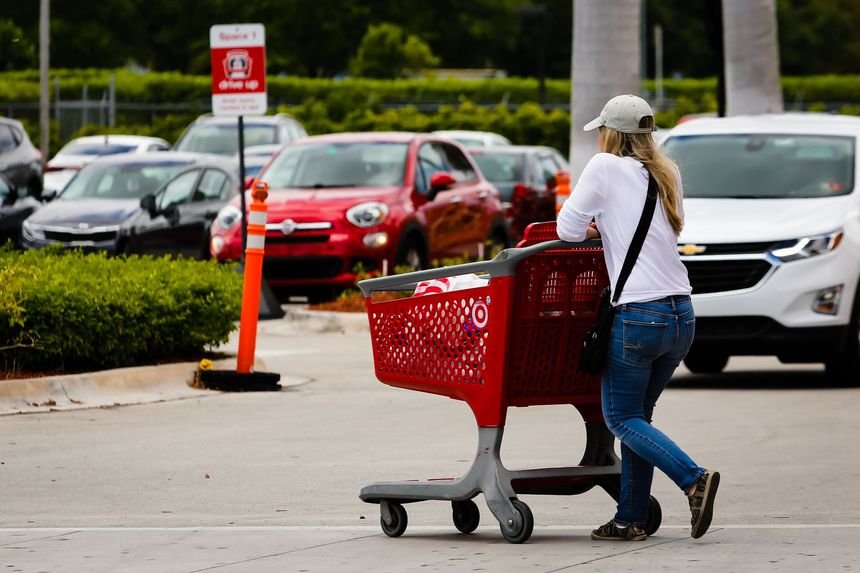Shares of Target (TGT:NYSE) closed on Tuesday at $155.98, down 2.31% from its opening price after the retail stalwart warned investors Tuesday its profits will take a short-term hit. The retailer slashed its profit margin expectations for the fiscal second quarter to account for a wave of goods winding up deeply discounted or on the clearance rack.
During an interview, Target CEO, Brian Cornell, stated “We thought it was prudent for us to be decisive, act quickly, get out in front of this, address and optimize our inventory in the second quarter — take those actions necessary to remove the excess inventory and set ourselves up to continue to be guest relevant with our assortment.”
Cormell said the company’s stores and website are seeing strong traffic and “a very resilient customer,” but one who no longer shops popular Covid pandemic categories. Target has nearly $15.1 billion of inventory as of April 30, the end of the fiscal first quarter. This is about 43% higher than the same period a year ago.
By taking swift action, the retailer hopes to fend off further pain and make room for merchandise that customers want, such as groceries, beauty items, household essentials, and seasonal categories like back-to-school supplies.
Cornell said Target is sorting through its inventory, deciding in some cases to pack away merchandise to sell at full price in the future and in other cases to promote or come up with ways to sell through it now.
Target decided to roll out its new inventory plan after hearing retail competitors had similar woes. The company also wants to get ahead of key sales seasons, such as back-to-school and the holidays, when stale merchandise could clutter stores and drive away customers.
Retailers are seeing a shift in spending as inflation makes bites harder making consumers pinch pennies. The full return to normalcy after the pandemic-induced lockdowns has also changed how and what consumers shopped.
As a result, retailers face a glut of inventory as shoppers snub categories that were popular during the first two years of the pandemic. Some shoppers are also putting more of their dollars toward experiences like dining out and traveling.
Walmart (WMT:NYSE) said some families are making fewer discretionary purchases as the prices of gas and groceries rise. Gap (GAP:NYSE) for instance, said customers want party dresses and office clothes instead of the many fleece hoodies and active clothes the company has.
Abercrombie & Fitch (ANF:NYSE) and American Eagle Outfitters (AEO:NYSE) both reported a steep jump in inventory levels, up 45% and 46%, respectively, from a year ago from a mix of items not selling and supply chain delays easing.
Shares of Target have come under stress as consumers pull back spending in discretionary categories amid historically high inflation. Its shares fell nearly 25% on 18th May marking the company’s worst day since listing as a public company. The company shocked Wall Street with a wide earnings miss for the fiscal first quarter. Walmart, Costco (COST:NASDAQ), and Kohl’s (KSS:NYSE) also missed earnings expectations.
As fuel and freight costs, high inventory levels, and shifting consumer spending sending hit big retailers, the potential of a massive headwind hitting the retail sector looks very likely. Most retailers issued lower guidance for the current quarter.
Target forecast a 2% operating margin rate for the second quarter, a lower outlook than an anticipated 5.3% it gave about three weeks before. The company said it still expects revenue growth to be in the low to mid-single digits for the full year and to maintain or gain market share in 2022.
Analysts have taken the cue and have started trimming their positions in the sector. Following the warning, Bank of America (BA:NYSE) downgraded Target from Buy to Neutral, lowering the price target from $235 to $165.

